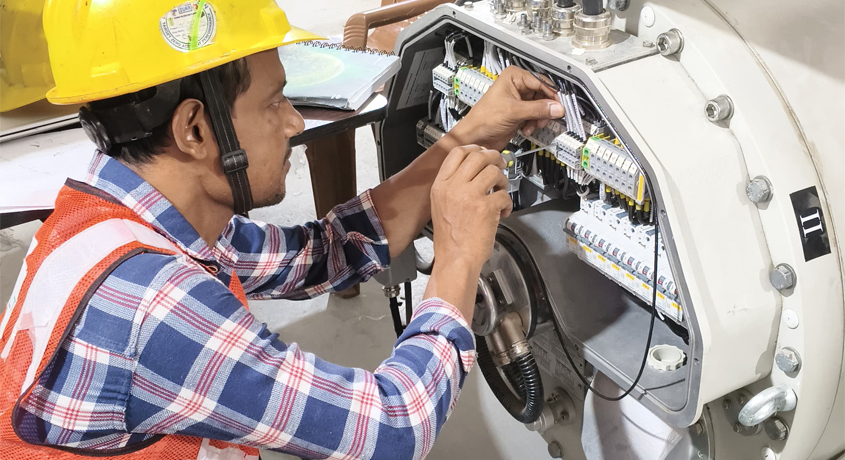Electrical Supply
Electrical supply systems refer to the infrastructure and components used to generate, transmit, distribute, and deliver electrical power from a source (like a power plant) to the end users (homes, businesses, and industries). Here’s a breakdown of how the system works:
Main Components of an Electrical Supply System
Generation
- Electricity is produced at power stations using sources like coal, natural gas, nuclear, hydro, solar, or wind.
- Typical output voltages are around 11–25 kV (kilovolts), depending on the plant.
Transmission
- High-voltage transmission lines (often 110–765 kV) carry electricity over long distances with minimal energy loss.
- These lines connect generation plants to substations.
Substations
- Substations use transformers to step down (or sometimes up) voltage levels.
- High-voltage is reduced to medium voltage (~11–33 kV) for local distribution.
Distribution
- Distribution networks carry electricity from substations to consumers.
- Voltage is further reduced to low voltage (120/240 V or 400/230 V depending on the country) before entering homes and businesses.
Consumers (End-Users)
- Includes residential, commercial, and industrial users.
- Each type of user may require different voltages and supply reliability.
Key Concepts in Electrical Supply
- Load: The amount of electrical power demanded by devices.
- Power Factor: Efficiency of power usage.
- Grid: The interconnected network of generation, transmission, and distribution lines.
- Reliability: Ability of the system to deliver consistent, uninterrupted power.
- Smart Grid: Modern electrical supply systems using digital tech for efficiency and monitoring.


